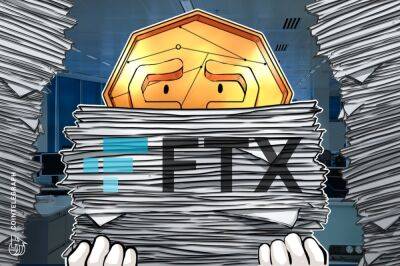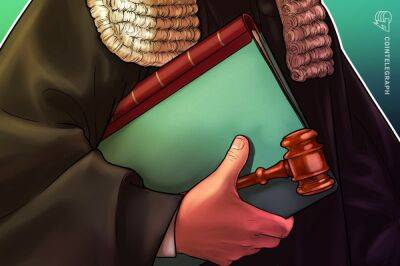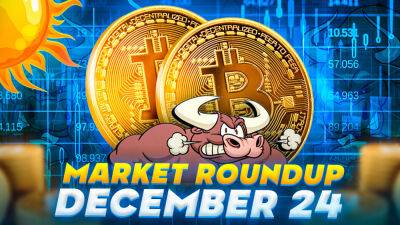With crypto in retreat, central banks take a quantum leap to cryptography
In the chaos surrounding the collapse of Sam Bankman-Fried’s empire, it’s easy to lose sight of what has died in this year’s crypto carnage and what lives on. The biggest casualty is “anarcho-capitalism,” championed by engineer Timothy May in the 1990s as cyberspace interactions unconstrained by external regulation, taxation or interference — in short, an absence of government.
That libertarian zeal, coded in the DNA of Bitcoin and every other virtual token, won’t survive the recent turmoil in the blockchain world. If investors must turn to courts to recover their FTX losses, they’ll want intermediaries and protocols to be supervised and made safe to use. Risky shadow banking in the garb of letting people swap their fiat currency for digital assets is coming to an end.
What will thrive even after this year's meltdown, however, is cryptographic money.
The idea of security without identification had come from privacy pioneer David Chaum, who invented the so-called blind signature in 1982. A decade later, eCash, the world’s first digital currency, would deploy the technique. The anarcho-capitalists liked cryptography for its promise “to make Big Brother obsolete” — half the title of a celebrated 1985 paper by Chaum. Yet, in 2022, the biggest potential customer of these tools is none other than central banks, entities at the apex of states’ financial power. What looked like a weapon of anarchy to May’s cypherpunk movement has been repurposed as a technology for preserving and updating the existing monetary order.
Chaum is himself collaborating with a Swiss National Bank official on a blueprint for eCash 2.0, pitching it as “provably protected against counterfeiting even by a quantum computer” and “an ideal candidate for
Read more on business-standard.com








